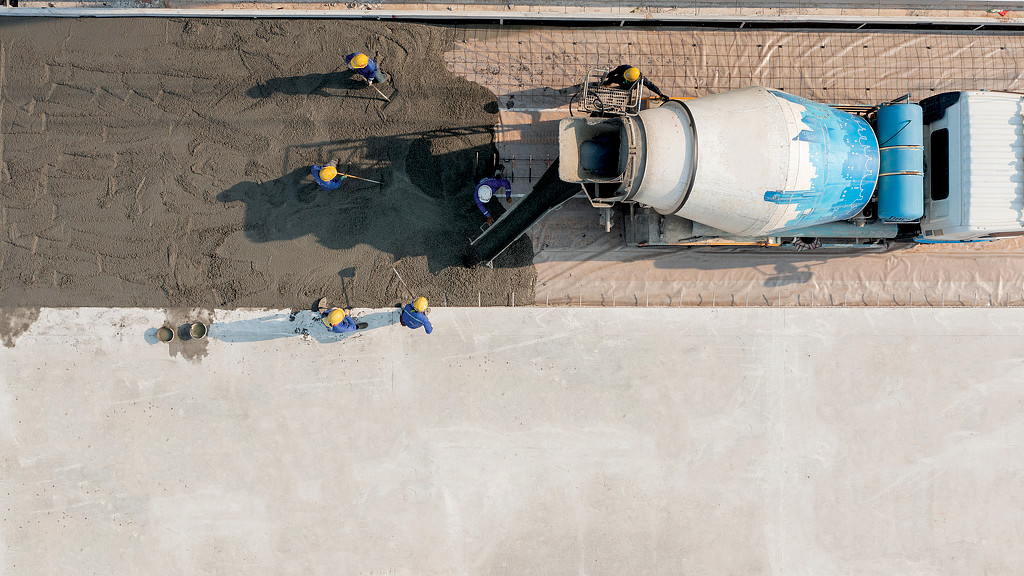How can we leverage concrete to reduce the embodied carbon of data centers?
Research Project Name
Designing for Lower Carbon Concrete in Data Center Constructions
What We Did
Data centers form the backbone of the modern digital age, housing the vast amounts of computer hardware, networking equipment, and storage devices that power our online world. With demand for online services increasing, it’s estimated that global spending on the construction of data centers will reach $49 billion by 2030.
This construction boom has raised questions about the carbon footprint of data centers.
Most of a data center’s lifecycle emissions derive from operational energy use. These Scope 2 emissions should be a key focus of decarbonization campaigns. However, there is also an urgent need to swiftly and effectively reduce Scope 3 emissions — the building’s embodied carbon.
We investigated the most carbon-intensive material used to build data centers: concrete. As an affordable, widely available, and structurally robust material, concrete is often the preferred option for the foundations and tilt-up or cast-in-place walls of data center rollouts.
However, this ubiquity comes with a cost. Globally, concrete production creates more annual carbon emissions than all the European Union’s carbon emissions combined. In data centers, concrete can represent up to 80% of embodied carbon emissions, dependent on the ratio of concrete to other building materials, such as steel.
Most of these emissions derive from the manufacture of cement, a key ingredient in concrete that makes up only 10–15% of its mass, but 85–90% of its carbon impact.
To better understand barriers to adoption, we gathered a team of industry experts to answer how owners, designers, engineers, and contractors can leverage concrete to move the needle on reducing embodied carbon in data centers.
Learn More
Team
Rives Taylor, Cindy Coleman, Jacob Plotkin
Year Completed
2023
Comments or ideas for further questions we should investigate?
